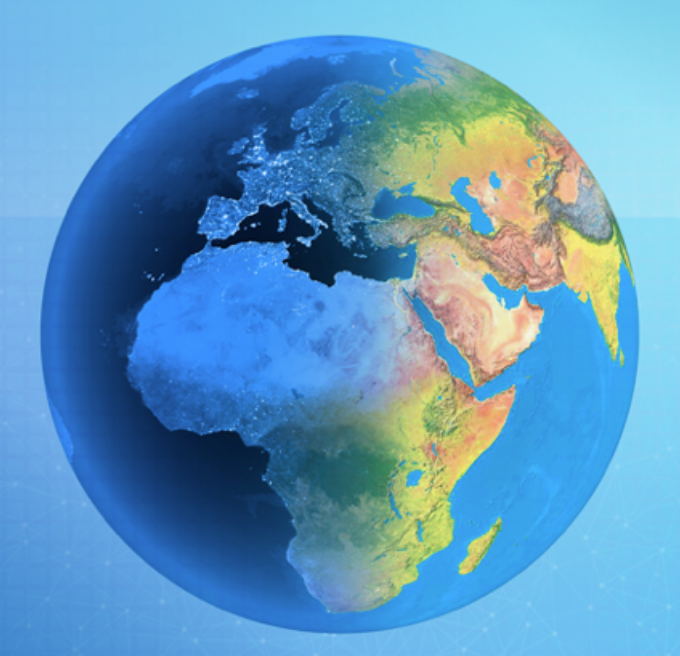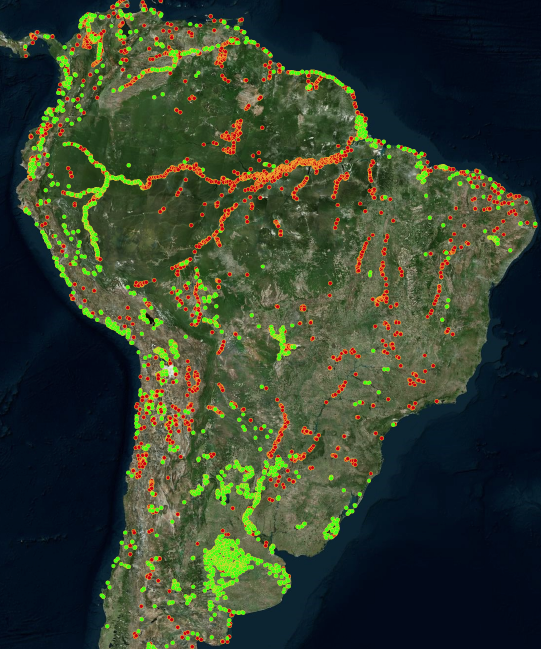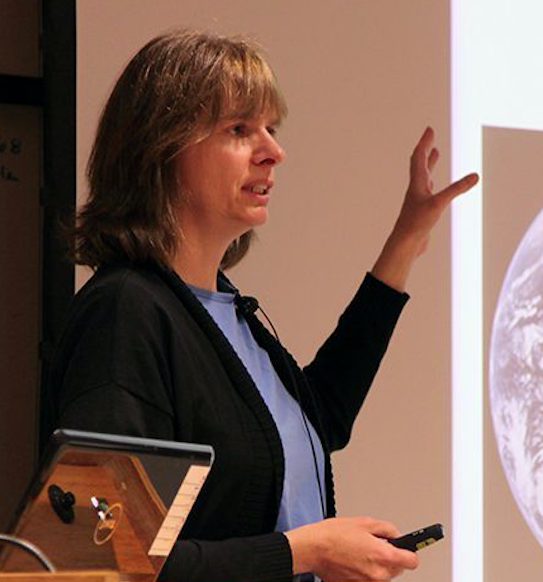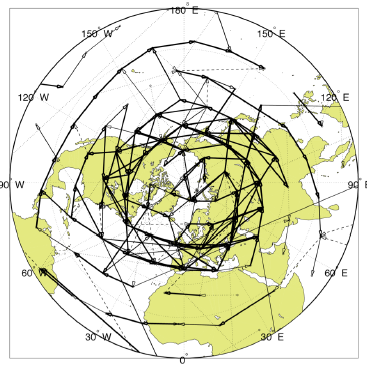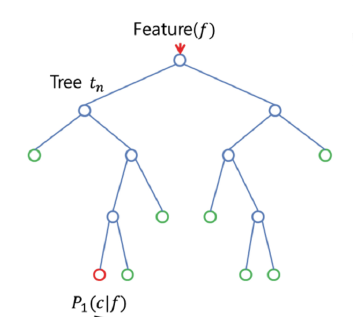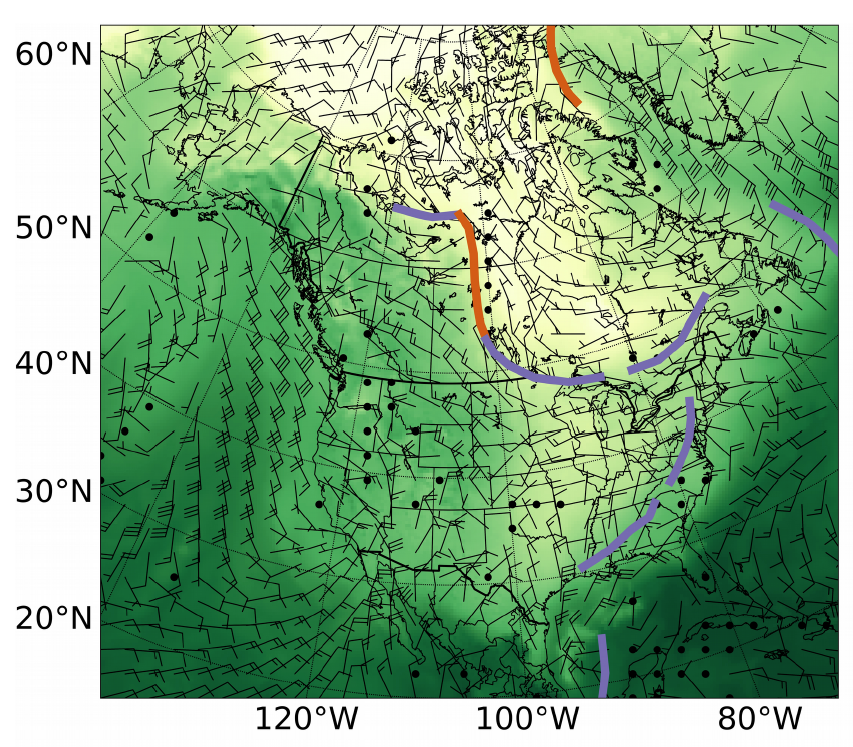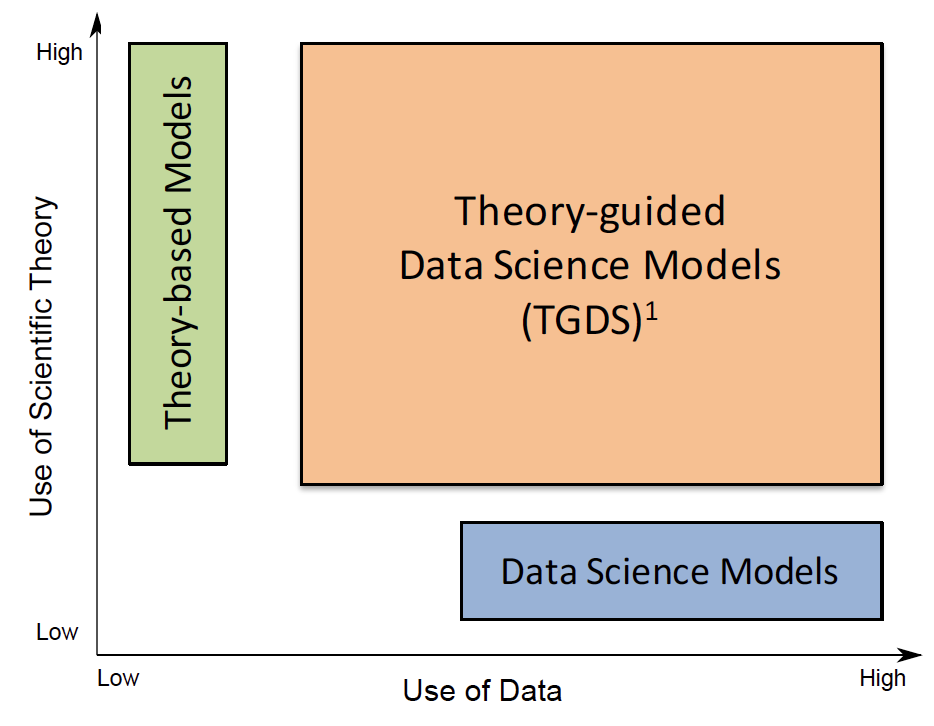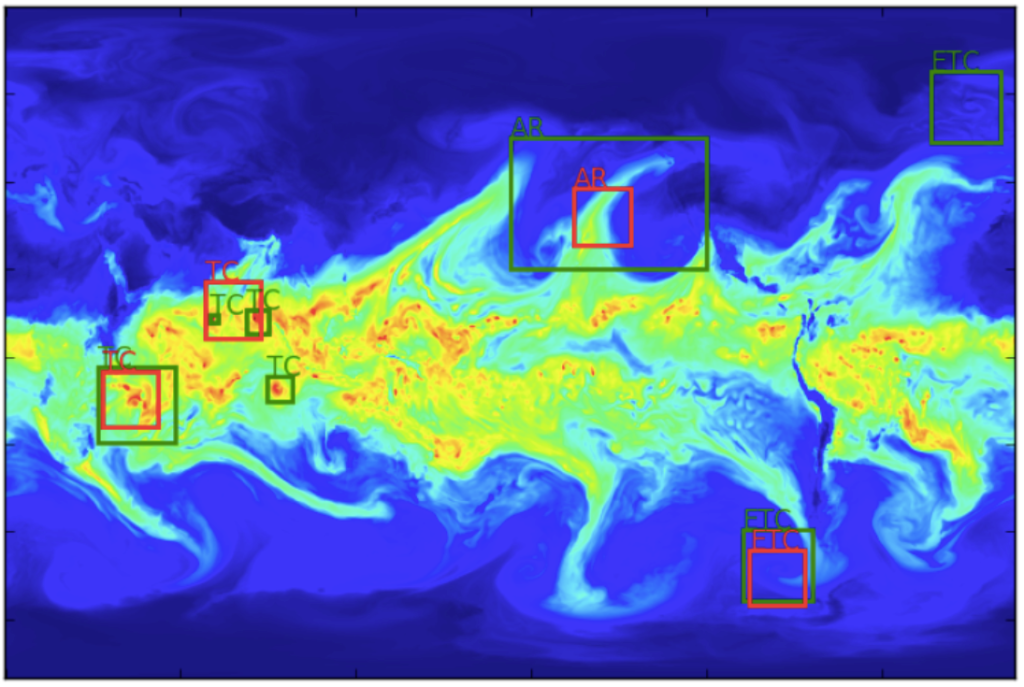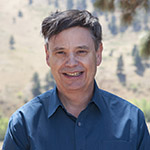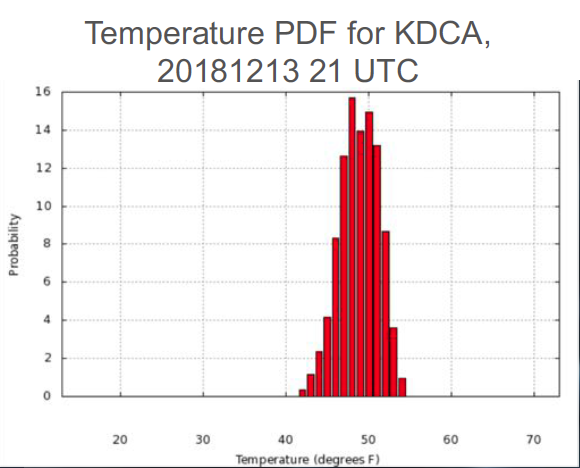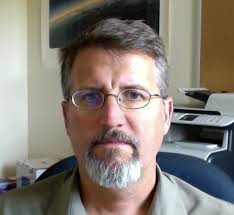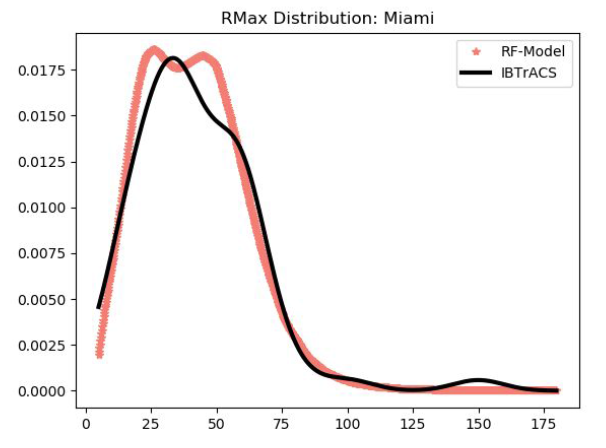Emerging Data Science and Machine Learning Opportunities in the Weather and Climate Sciences
AGU 2018 Workshop, Washington D.C., Dec/13/2018
Organizing Team: Christiane Jablonowski (University of Michigan), Sudhir Shresta (ESRI), Orhun Aydin (ESRI), Vipin Kumar (University of Minnessota), Imme Ebert-Uphoff (Colorado State University), Daniel Cooley (Colorado State University), Amy McGovern (University of Oklahoma), Kevin Reed (Stony Brook University)
Motivation: The disciplines of atmospheric science and data science are at a crossroads and about to experience scientific breakthroughs that are comparable to the revolution in bioinformatics over the last decade. Increasing volume and variety of weather and climate data has been driving the analysis towards scalable data-driven methods to complement and in some instances to replace traditional approaches. This multidisciplinary workshop brought together weather and climate researchers, data scientists, statisticians, engineers, tech companies, program managers, educators, students, and other stakeholders to discuss newly emerging data science and machine learning opportunities for the atmospheric sciences. In particular, high-impact weather and climate events served as the science driver to motivate the novel field of physics-aware, theory-guided data science. The agenda of the workshop


Outcomes: The 150 workshop participants experienced how novel data science, data mining, and artificial intelligence techniques can innovate and inform atmospheric modeling practices, physical process studies, knowledge discovery, and the use of massive datasets and observational studies. Particular attention was paid to machine learning concepts, and how machine learning techniques can be enhanced to become aware of physical constraints. The workshop was highly interdisciplinary. Tutorial-like overview talks first outlined the data science and machine learning opportunities and challenges for the atmospheric sciences. These concepts were then further explored via short application examples and case studies. Presenters and participants came from academia, U.S. national research laboratories and funding agencies, international institutions, and industry. This provided a diverse and stimulating discussion forum to foster future collaborations and partnerships.
Grand Challenges, Science Drivers and Methods (Technical Forum)
Dawn Wright, Environmental Systems Research Institute (ESRI)
1 Overview of Spatial Machine Learning Scientific Data Computing and Analytics in GIS
Vipin Kumar, University of Minnesota
Imme Ebert-Uphoff, Colorado State University
Stephan Rasp, Ludwig Maximilian University of Munich
4 Deep learning to represent subgrid processes in climate models: first successes and key challenges
Ryan Lagerquist, University of Oklahoma
Key atmospheric science machine learning activities & interests & experiences (Stakeholder Forum)
Machine learning application exemplars and discussion of emerging trends from a weather and climate sciences/geoscience perspective:
Collection of short highlight presentations from a broad range of stakeholders
Anuj Karpatne, Virginia Tech
Karthik Kashinath, NERSC
Richard Loft, National Center for Atmospheric Research (NCAR)
9 NCAR’s Progress in & Perspectives on Data Science and Machine Learning
Updated on Dec/21/2023


